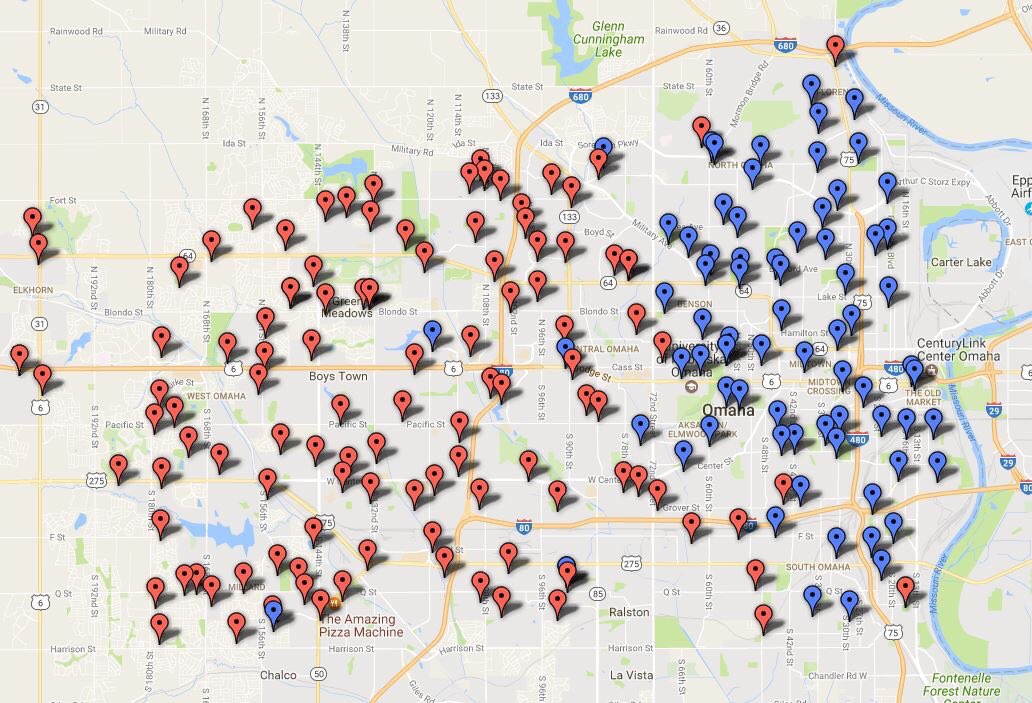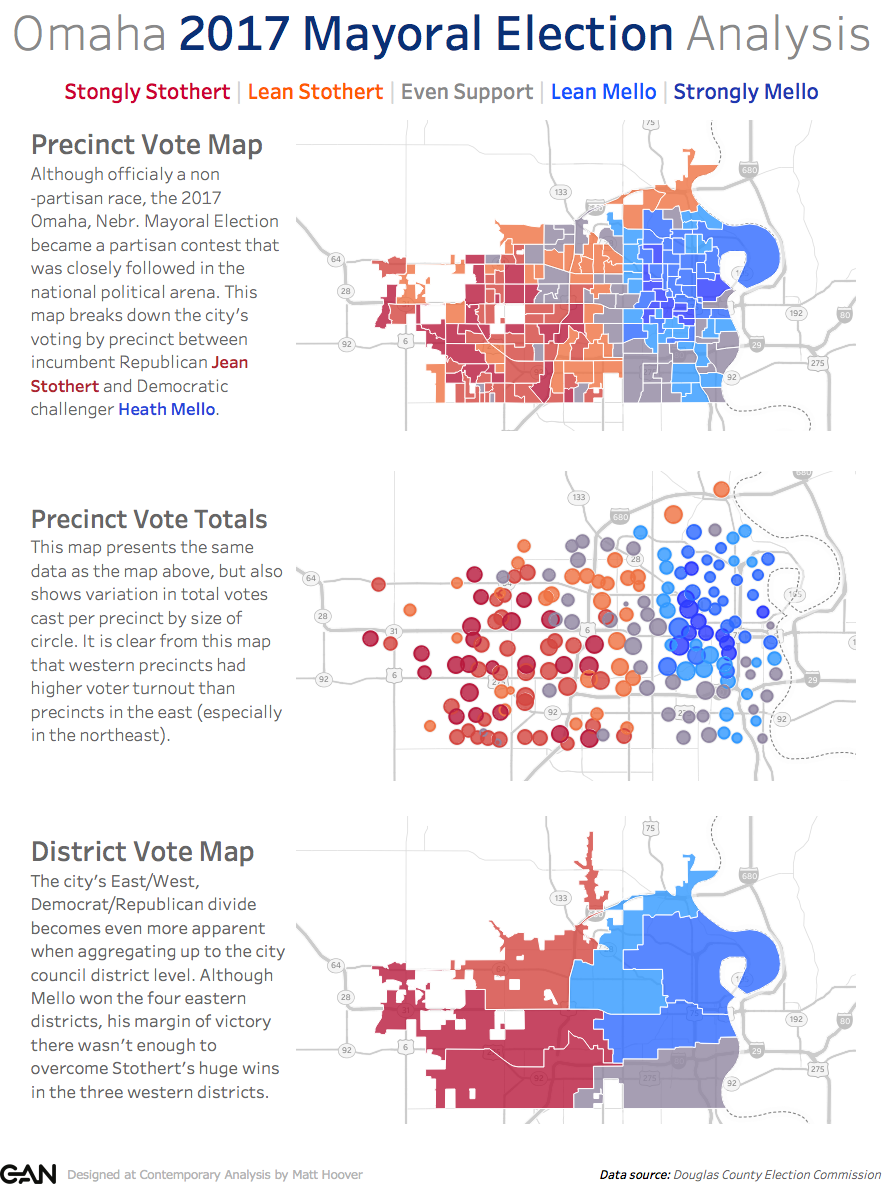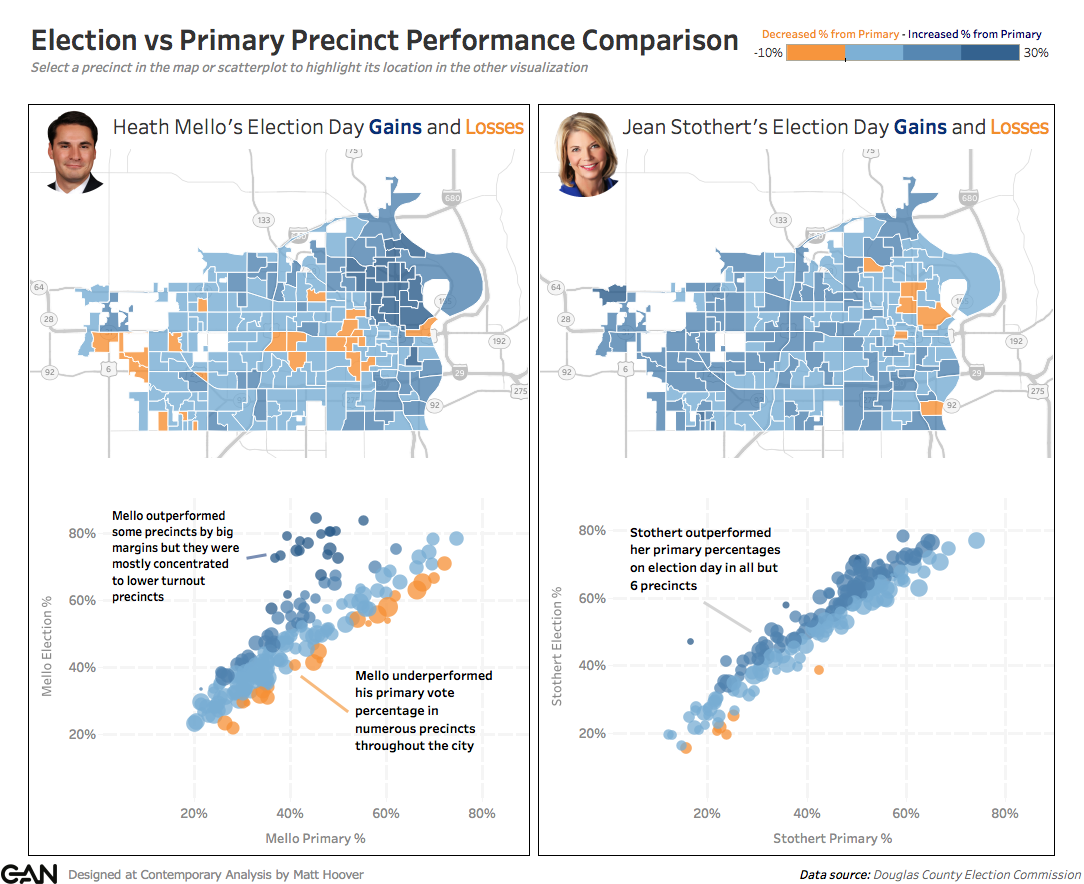In the next few years, CAN is predicted to be among the nation’s leaders in data science. We have an impressive resume to back this up. We’ve worked with multiple Fortune 500 hundred companies, and many more Fortune 1000 companies all over the globe and have built a solid reputation among local Omahans for producing experts in data science and IT.
A year ago we joined up with Interface Web School and created the Omaha Data Science Academy (Oma-DSA). Our dedication to educating our community — from recent college graduates to single moms looking for a new career — has bolstered our reputation as not only an upstanding professional service but also a down-to-earth, human-to-human, educational source.
We also have an impressive network of CAN alums (Oma-DSA grads and former CAN employees) to prove this educational dedication. When you work for CAN, we don’t just want you to improve our company. We want you to improve yourself. That’s why so many of our graduates and employees have moved on to work for businesses all over the country, and to start their own businesses.
We have AIM and The Startup Collaborative to thank for our continued success. As CAN turns a year older, a lot of people are stopping us to ask this question:
Will CAN stay in Omaha?
Of course we will.
Does that shock you? To some it might seem like the next logical step for CAN is to move to a bigger city where there are more businesses, take on investment, and find more talent. But’s that not how we see it. We think Omaha is perfect.
Let’s examine the two mottos of the area: Omaha and Council Bluffs (Omaha’s sister city across the river from Omaha).
Omaha’s motto is “We Don’t Coast”. This has two meanings. This first is literal. Obviously, we don’t have coasts. And to add to that, we don’t mountain either. But the metaphorical meaning is even more true: we’re a city of do-ers. We don’t slack. We don’t waste time. We act on our ideas. We collaborate. We make waves.
Council Bluff’s motto is “Unlike Anywhere Else. On Purpose.”. Our friendly, work-hard, be-nice attitude, does not come naturally; rather, it’s something we strive to be. We know it puts us ahead. We don’t have to try to be hip and trendy, our values are more genuine. We’re happy with our identity.
What is Omaha’s identity? Let’s dive a little deeper.
Omaha’s bragging rights
Every town in the country has that one special thing that draws tourists, like a giant ball of yarn or a natural history museum. Omaha has more than gimmicks, however. We have the whole package.
We have the people.
We spoke a little about our personality in reference to our mottos. One phrase that CAN likes to use to describe the good people Omaha is “homesteader mentality.” We’re not afraid to put in hours and work. The 9-5 workday is not always our mode of operation when a job needs to be done. We work overtime to accomplish goals, and we approach problems with the end goal of figuring out a solution, not just putting in hours.
Anecdote: Our original Founder used to tell people we only worked half days…7am to 7pm…
We also have a different kind of people. Because Omaha doesn’t have the density of other big cities, we have had to make our actions “on purpose”. In Omaha, people are willing to give advice and collaborate. Since everyone is connected in someway, with the right idea anyone could have lunch with 1 of the 5 billionaires that live in Nebraska. On the coasts, these people would be way to pre-occupied to give just any idea the time of day.
Most importantly, the people of Omaha understand good enough. We’re not caught up in the fame game. You could say we’re slow and steady, because we strive for improvement, not perfection. We don’t cut corners, we work hard to build ourselves up. Just like CAN has done in the past 9 years.
We are the place.
We’re not just small town in the middle of the country. Omaha has a global reach that surpasses many of the other bigger cities in the MidWest. Omaha is a business community.
For instance, not so long ago Omaha was the equivalent of Silicon Valley for telecommunication. A lot of these big corporations are still headquartered in Omaha. Omaha currently has 4 Fortune 500 company headquarters.
Our agricultural companies ship grain all over the world, and we manage money for people across all six inhabited continents.
This spirit of success continues at every level. You can see it in the halls of the start-up collaborative. People young and old come to work on tech-related ideas and products that they believe will boost up Omaha’s name even more.
Omaha is also a major transportation hub, with the largest N/S and E/W interstates running through the city and the nation’s largest railroad located downtown. In four hours you can go just about anywhere in the country from our airport, making Omaha a major crossroads of tech and transport.
Not to mention our cost of living is among the lowest in the country. Less personal expenses mean you can invest more in your business. More investments equals more momentum for success.
Still, starting a business in Nebraska has its challenges. Constraints, however, often produce creative solutions. With a state population of 1.8 million, isolation has been CAN’s biggest constraint. Isolation has forced CAN to learn to build a national client base using blogging, social networks, and virtual meetings.
We knew that this results-oriented culture of Omaha would help us create a business that provides real value for our customers and help to keep our business focused on the long-term instead of quick wins.
We have some cool things.
You probably don’t need a whole lot more convincing, but here’s a few websites that list awesome social and cultural aspects of Omaha:
- “8 Reasons to Move to Omaha, NE”
- “7 Reason why Omaha is the Best City in the US to Live In”
- “30 Things You Need to Know About Omaha Before You Move There”
Food, fashion, furry things. When we at CAN aren’t busy working on projects, we have unique opportunities to explore the MidWest culture.
CAN Loves Omaha
Between the travel opportunities, the global reach, the hard-working mentality, and the room for growth, CAN couldn’t choose a better city for their headquarters. Omaha is producing more tech talent every year at half the price of those on the coast. CAN wants to hire this talent, give them real data analytics experience, and send them wherever they need to go. Without the resources and mentality of Omaha, this would not be possible.
In the end, CAN is going anywhere. We believe in our community, we believe in improvement, and we believe in sticking with our roots.





